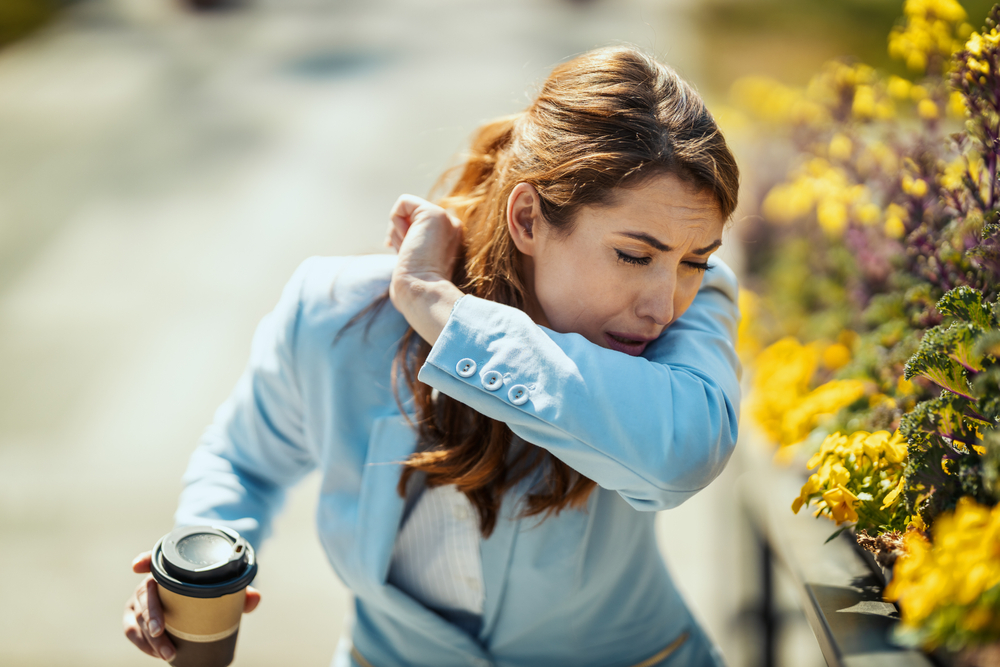
Sneezing, frequently associated with allergies during the summer months, is a surprisingly intricate bodily function. Beyond its role in clearing irritants, sneezing reveals fascinating insights into our respiratory system’s processes. Here we will discover some of the more unknown facets of this common reflex.
1. Sneezes: reset your sinuses
Sneezing isn’t simply a reflex; it’s an essential mechanism by which our bodies reset the performance of our noses. Think about how you sometimes need a complete shutdown and restart to get your computer functioning efficiently. Sneezing clears out irritants and gets your nasal passage working like a well-oiled machine again.
2. Multiple sneezes: doesn’t necessarily mean you’re sick
When someone sneezes over and over, the common assumption is illness. However, multiple sneezes often reveal the body’s effort to completely clear irritants from the nasal cavity. It’s a healthy reboot, not necessarily a symptom of a cold or flu.
3. Sneezing and sleep: a rare combination
Various stimuli can induce the sneezing reflex. Surprisingly, sneezing rarely occurs during sleep because of relaxed nerves. When you’re awake your nasal passages are actively clearing so sneezing is more common. Although, in rare circumstances, external stimuli like pepper can trigger sneezing even during slumber.
4. Debunking the myth: your heart doesn’t stop
Counter to popular thinking, sneezing doesn’t cause your heart to stop. When it feels as if your heart misses a beat when you sneeze, it’s actually just a momentary alteration of blood pressure and blood flow. Rest assured, your heart continues to beat steadily.
5. Sunlight’s sneeze induction: the photic reflex
Some individuals, when exposed to bright light, will have a sneezing reflex. Around one in four people experience a photic sneeze reflex, where abrupt exposure to light induces sneezing. Photic sneeze reflex highlights how complex the nature of sneezing can be even above and beyond pollen and allergies.
How to effectively manage sneezing
Sneezing helps clear out irritants but it also plays a big role in the transmission of germs. Whether symptomatic or not, it’s crucial to practice appropriate sneezing etiquette to decrease the spread of mucus, which can travel up to five feet. Cover your nose and mouth when you sneeze and keep your hands sanitized in order to minimize the spread of germs.
When sneezing calls for a specialist
If you’re experiencing chronic sneezing or have concerns about allergies and sinus health, get in touch with us today for an appointment.